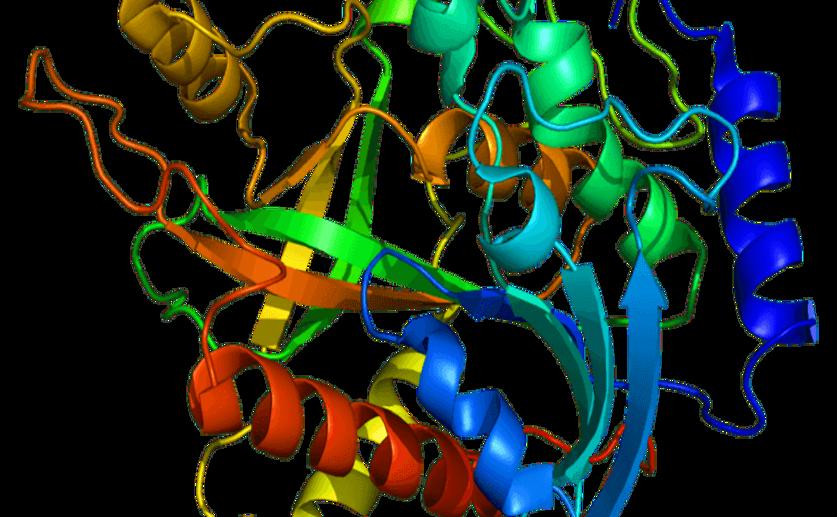
This archived news article is over 5 years old.
Mathematical Models Used to Study Traffic Jams Can Help Researchers Understand Proteins
Joanna Lawrence
27th August, 2016


Joanna Lawrence
27th August, 2016
